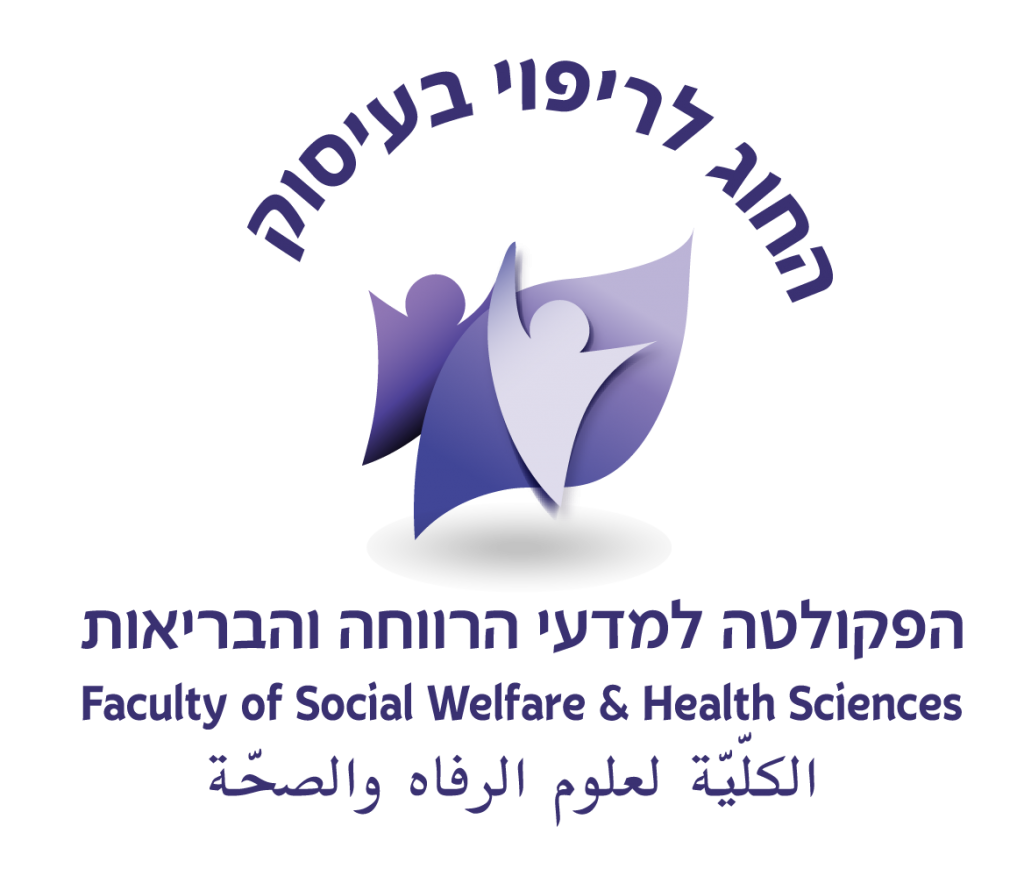"Learning Disability" was defined by the National Joint Committee on Learning Disabilities (1994), as follows:
a general term that refers to a heterogeneous group of disorders manifested by significant difficulties in the acquisition and use of listening, speaking, reading, writing, reasoning, or mathematical abilities. These disorders are intrinsic to the individual, presumed to be due to central nervous system dysfunction, and may occur across the life span. Although learning disabilities may occur concomitantly with other handicapping conditions (e.g., sensory impairment, mental retardation, serious emotional disturbance), or with external influences (such as cultural differences, insufficient or inappropriate instruction), they are not the result of those conditions.
D., a student aged 26, was recently diagnosed as suffering from learning disabilities. She recounts:
"Every day I wake up in the morning and the first thing I ask myself is: "what day is today?"… It is important for me to remember the birthdays of my friends, but I find this very difficult…I remember the date, but do not connect it with the day of the week, so that I miss it…I do not have a daily schedule, and each day is completely different; this is also connected to the fact that each day starts at a different hour"…D. adds: "In elementary and secondary school I often forgot to arrange my schoolbag, and would come to school with the previous day's bag…Nowadays, I simply come to school without all the necessary material. We need the books and booklets that we work with, but I do not bring them at all…"
Articles on children students and adults with learning disabilities in occupational therapy are based on the awareness that learning disabilities vary in their severity and in the way they are manifested in different individuals. Likewise, learning disabilities can affect not only academic performance but also the various functions in which the individual is involved. Hence the studies focus on the effects of the disability on various activities and occupations such as academic studies, activities of daily living, social interaction, play and leisure, military service, work, driving and family life.
There are underlying factors contributing to learning abilities. Studies in occupational therapy are performed in order to find ways to evaluate and improve those underlying factors that contribute to learning abilities, such as cognitive skills, meta-cognitive skills and executive functions including organization and self-management in time (e.g., planning a daily schedule while balancing between the various activities) and space (e.g., organizing personal belongings, orientation in different places). Studies also focus on the specific skills necessary for learning, such as the ability to write within a reasonable amount of time and without investing unnecessary energy, as well as producing a written document that is legible and comprehensible.
Moreover, research results show that in approximately 50% of cases, learning disabilities co-occur with other disorders such as Attention Deficit Hyperactivity Disorder (ADHD), Developmental coordination disorder (DCD) and Sensory Modulation Disorder (SMD). Hence studies in occupational therapy also focus on revealing the unique characteristics of these diagnoses and on developing evaluation and intervention tools based on the unique needs of affected individuals while simultaneously addressing the additional deficits co-occurring with learning disabilities.
In summary, the studies currently being done are those that focus on the identification of learning disabilities as well as on evaluation and intervention in this population.
Developmental coordination disorder (DCD) is characterized by motor impairments that interfere with a child’s activities of daily living and academic achievement.
In earlier literature it has been variously referred to as "clumsy child syndrome", "motor-perception dysfunction", "minor neurological dysfunction" or "minimal brain dysfunction". The prevalence of DCD in the population of school age children is estimated to be approximately 6–10%.
Some children lack the motor skills required for everyday activities such as play, sports, and schoolwork. Motor clumsiness is also correlated with cognitive and perceptual problems. In addition, DCD is associated with the co-occurrence of attention deficits as well as with learning and psychosocial adjustment difficulties among school age children.
Danny (pseudonym) is a seven-year-old child. He was diagnosed by a pediatrician as having DCD. His father describes what it is like for Danny and his family to cope with the day-to-day consequences of his son's disorder:
"We need to tell him (Danny) to wake up and to get dressed. He hates to shower and every shower requires an argument. If, for example, he decides to make himself a glass of chocolate milk, everything around him gets dirty. Parenting him is very demanding; he drains his mother at the expense of the family's time. I struggled to teach him to ride a bicycle. Yet when I and his brothers go bicycle riding, he prefers to stay at home. When Danny and his friend play together, he takes short cuts. He is sure that he plays well, but I see that he is clumsy, slow, and does not make an effort. If we comment to him about it, he immediately gets insulted and stops trying."
Society and culture determine children's experience with motor activities, so that motor performance in different environments reflects a variety of demands and expectations.
Although the definition of the disability was established in 1994 (DSM-IV–APA, 1994), there is still ongoing discussion in the literature about the characteristics of children with DCD, as well as the appropriate tools for the evaluation DCD as based on this definition. There is still no “gold” standard that can be used to identify the condition or the exact processing mechanisms that give rise to the motor control difficulties in these children. Hence studies in occupational therapy are currently focused on developing appropriate screening/evaluation tools, as well as on developing a better understanding of the unique characteristics of children and adults with DCD.








